Friends for Life
For washington state health care authority
Preventing fentanyl overdoses through care & connection.
We partnered with our client to create a fentanyl- and naloxone-education campaign offering hopeful, helpful actions everyone could take to prevent overdose deaths. Everyone deserves to live, and we can all help keep each other safe.
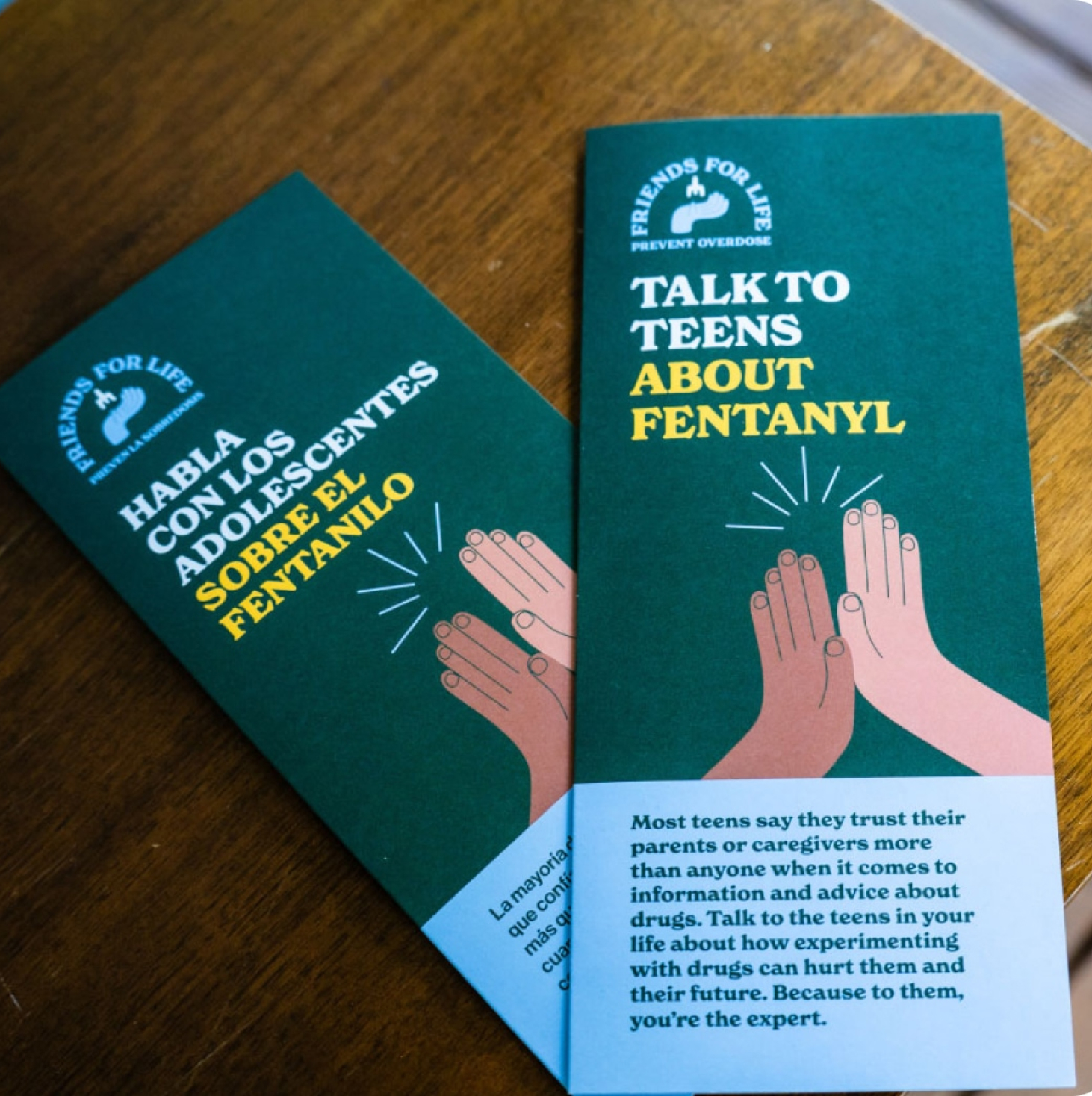
Research
To understand what people already knew about fentanyl and overdose and what they didn’t, we launched our work with a statewide survey. We learned Washington residents wanted more practical information about safe drug use and what they could do to keep one other safe. Another key finding: Young adults knew the least about fentanyl and were less likely to carry naloxone — even though data showed this age group had the fastest-rising overdose rates. We expanded on these early findings by interviewing subject matter experts and reviewing existing data, academic literature and national prevention campaigns.
Strategy
A refrain emerged from our research: “I’m scared someone I care about will die because of fentanyl. I want to know what I can do to keep them safe.” In other words, most people care a lot about protecting their friends. This insight formed the basis of the campaign. Our strategy would be to empower all people with practical knowledge and skills to keep one other safe. In that way, everyone could play a vital role in saving lives from overdose.
Logo
If the campaign logo feels like a summer camp emblem, that’s by design. We wanted a logo that felt warm, approachable and friendly — recognizing this look and feel would appeal to a broad audience for different reasons. To teens and young adults, it’s retro. To their parents, it’s nostalgic. The font, color palette and other design details feel community-oriented, and more relaxed and less traditional than standard awareness campaigns.
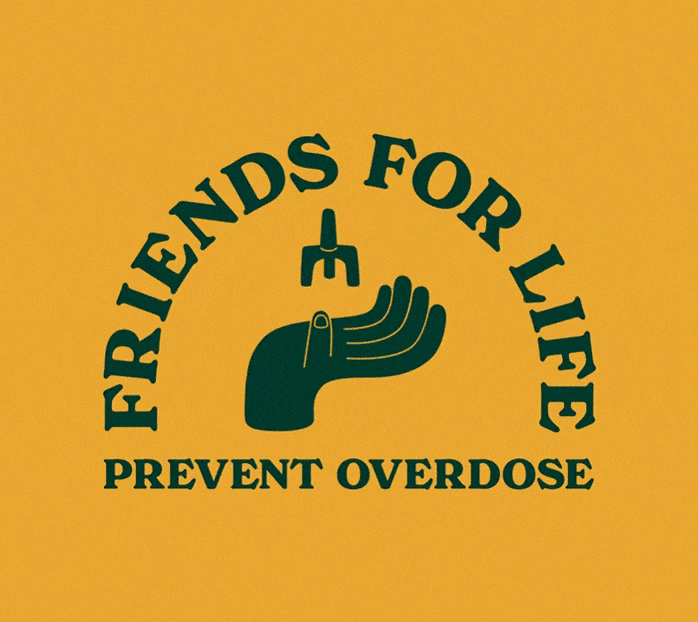
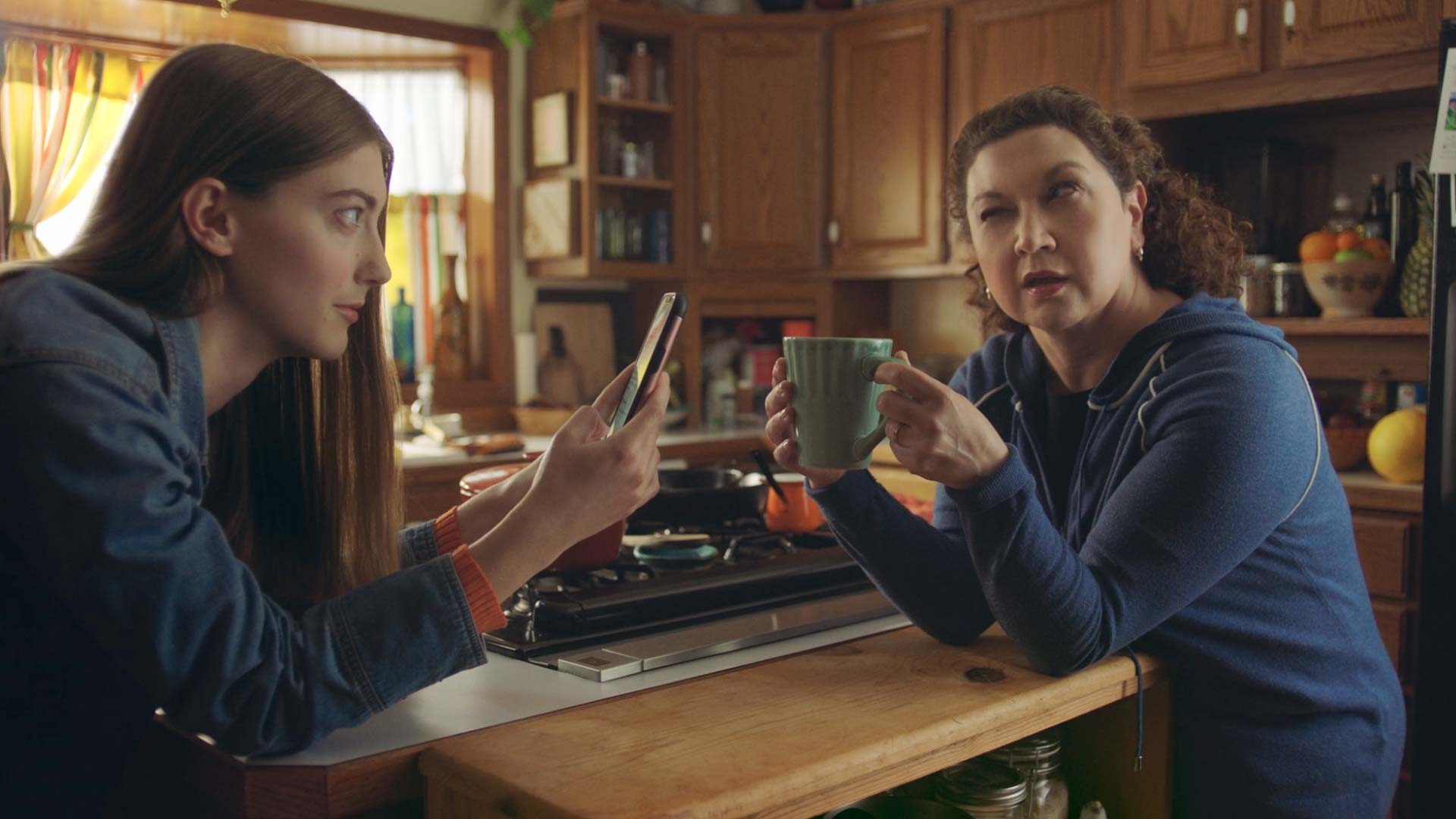
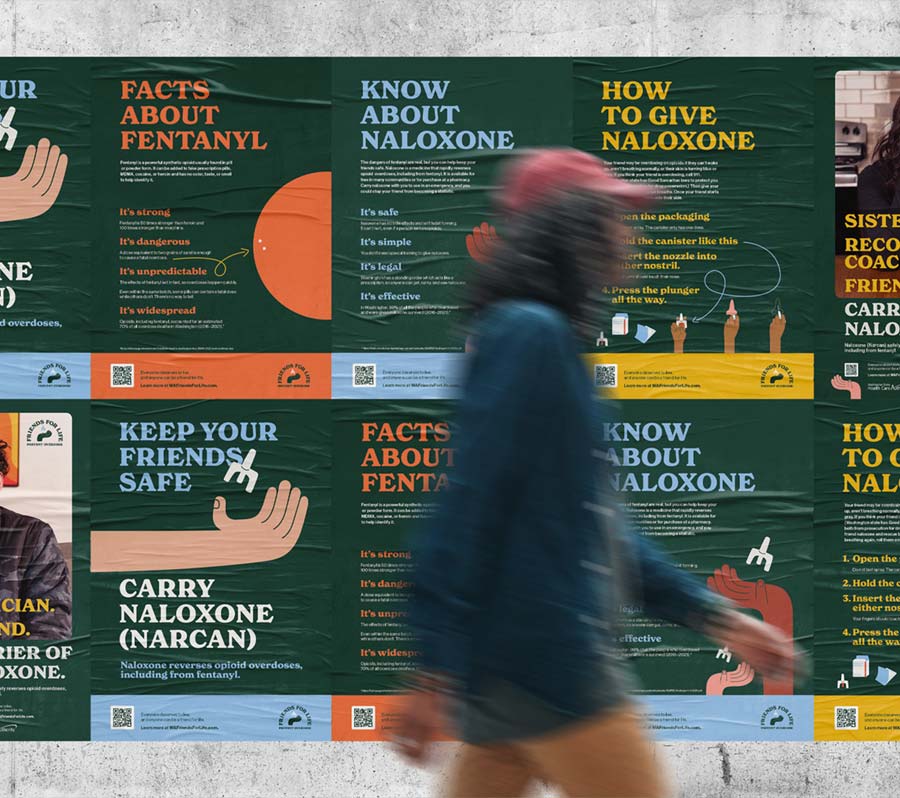
Creative concept
“Friends for Life” was inspired by young people’s care for their friends and their instinct to keep one another safe. After testing several concepts with focus groups, we moved forward with this concept that led with empathy, avoided stigmatizing language and scare tactics, and was community oriented. It felt relevant to Washington residents regardless of their familiarity and experiences with drug use. And it was flexible enough to provide lifesaving information for people who use drugs, while also delivering prevention messages to young people and their parents.
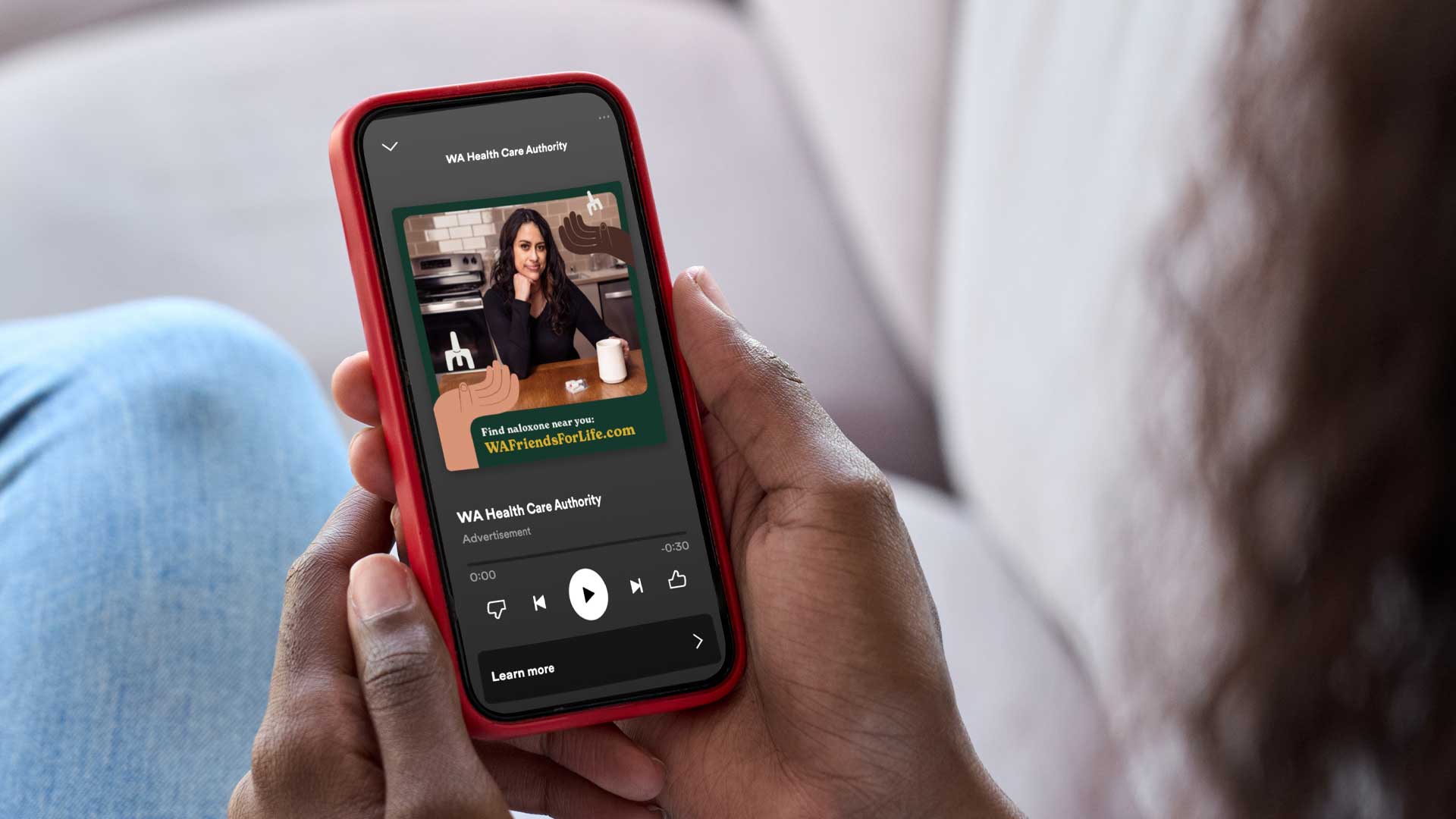
Audience-informed approach
The people closest to a problem are also closest to the solution. From discovery research to creative development to campaign evaluation, we engaged our priority audiences at every step of this campaign. We talked to people who used drugs and their families. We asked syringe service providers, prevention professionals and youth for feedback on creative. We tested PSA concepts with parents. Because we listened to people most affected by the problem, the campaign felt true and relevant to the people it was designed for.
